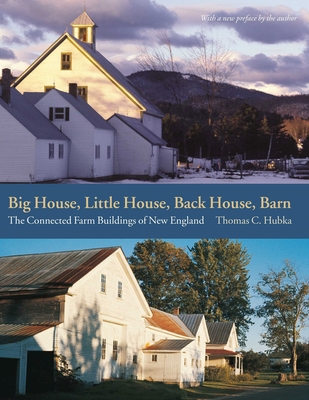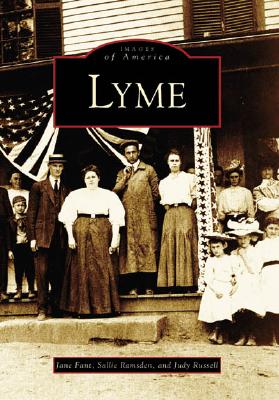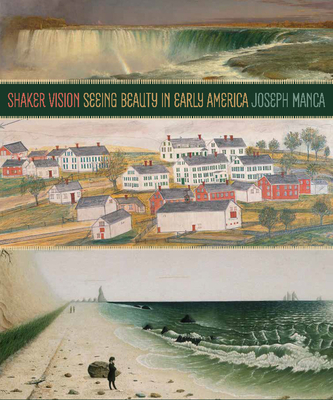
Big House, Little House, Back House, Barn: The Connected Farm Buildings of New England
Description
A classic work on farm buildings made by nineteenth-century New Englanders refreshed with a new introduction.
Big House, Little House, Back House, Barn portrays the four essential components of the stately and beautiful connected farm buildings made by nineteenth-century New Englanders that stand today as a living expression of a rural culture, offering insights into the people who made them and their agricultural way of life. A visual delight as well as an engaging tribute to our nineteenth-century forebears, this book, first published nearly forty years ago, has become one of the standard works on regional farmsteads in America. This new edition features a new preface by the author.
About the Author
Thomas C. Hubka is professor emeritus in the Department of Architecture and Urban Planning at the University of Wisconsin–Milwaukee. In 2006 he received the Vernacular Architecture Forum’s Henry Glassie Award in recognition of his lifetime of achievement. His most recent book is How the Working-Class Home Became Modern, 1900–1940.
Praise for Big House, Little House, Back House, Barn: The Connected Farm Buildings of New England
Praise for the previous edition:
"An unexpected small masterpiece that has some of the suspense of a detective story and, at times, the poignance of deeply felt, sympathetic social history."--Robert Campbell, Boston Globe
Praise for the Previous Edition:
"An important pioneering effort. The book commemorates both an unique indigenous architectural expression and a way of life that has become extinct . . . The style is economic and clear and Hubka's affection for architecture binds the buildings to their people and their times."
— Maine Sunday Times
Praise for the previous edition:
"An unexpected small masterpiece that has some of the suspense of a detective story and, at times, the poignance of deeply felt, sympathetic social history."
— Boston Globe
Praise for the Previous Edition:
"No matter where you live, you will want this book as a model of vernacular architecture scholarship."
— Vernacular Architecture Newsletter


























